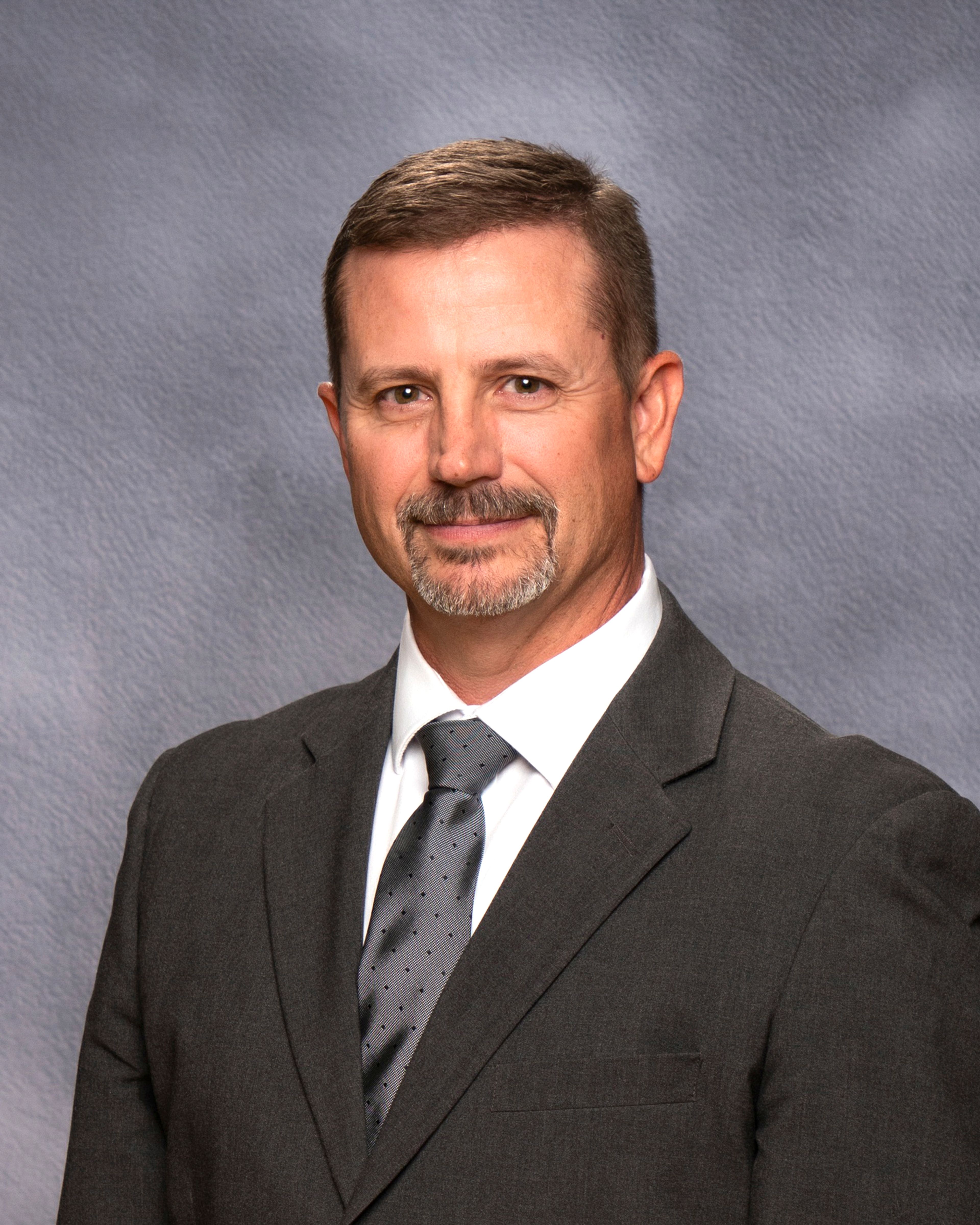Math behind Nez Perce County property taxes
Homeowners in the county are feeling the pinch because of rising property values, shifting tax burden
Nez Perce County residents wondering why property taxes have increased so much in the past year find the answer lies in a math problem.
The equation might be simple but the factors in the problem are complex because it involves budgets, taxing districts, assessed values and the Idaho Legislature.
To start, Nez Perce County Assessor Dan Anderson takes the assessed value of the entire taxing district, like the county or city, and takes out any exemptions, which leaves only the taxable value.
After that assessment is made, Nez Perce County Auditor Patty Weeks takes those property tax values and works with the taxing districts, which tell her the budgets they need in order to operate. The budget of the taxing district is divided by the total assessed value to get the individual levy rate for the property tax.
Next, the treasurer’s office sends bills for everyone in the taxing district. Then the money goes to the treasurer’s office, which divides the money to the taxing districts based on the levy rates for each district.
Most of the taxing districts go through the same process to find their levy rates, with the exception of schools that usually ask voters to fund their levies. Those taxing districts include the city, county, highways, cemeteries and fire districts. Some of those districts are also joint districts that include multiple counties, so Weeks works with those counties to figure out the overall levy rates for those districts to include the assessed values of the taxpayers in those areas.
“Every little district has a little piece of the pie and they all add up,” Weeks said. “They all make up the bottom line of the tax bill.”
The rate can change, either increase or decrease, depending on the total taxable valuation for the taxing district, or the budget can increase or decrease, affecting how much is sought from taxpayers. The budget of the taxing district has to be met so the math equation that includes levy rate and the market value has to equal the budget. Regardless if the rate increases or decreases, the taxing district doesn’t collect more money, it only takes the amount set by the budget.
Dividing up the pie
Weeks said that the levy rate in Nez Perce County is at a 22-year low because the values aren’t growing as fast as the budget.
“People complain to the county about our taxes,” Weeks said. “They think that because taxes went up all these districts have extra money.”
However, that is not the case because the budget remains the same for each district.
So why have property taxes increased if the taxing districts aren’t collecting more money and the levy rate is lower?
The answer to that lies in how the pie for property taxes is divided.
Weeks explained that the Nez Perce County taxing base shifted because certain taxpayers were removed or had their property taxes reduced, such as commercial businesses, agriculture land and construction, as well as changes to the homeowners exemption. Those shifts by the Idaho Legislature that determine who pays property taxes meant that some individual homeowners had to make up the difference to fulfill the budget requirement of the taxing district.
Weeks said one way to fix it is to increase the homeowner exemption and circuit breakers and shift some of the property taxes back to commercial properties.
In 2016, the Legislature modified the exemption that reduced the assessed value of primary residence by 50%, or $125,000, whichever is less. That assessed value is now exempt from the total taxing district formula that calculates the levy rate for the property tax. Before 2017, the amount of the exemption was determined by the Idaho Housing Price Index, which went up or down every year depending on overall home prices.
The circuit breaker program provides as much as $1,500 to offset property tax bills for qualified low-income individuals. Their annual income, excluding medical or funeral expenses, can’t exceed $33,870 and the assessed value of the home can’t exceed 150% of the county median or $300,000, whichever is greater.
Nez Perce County rates in 2022
According to the 2022 Nez Perce County tax levies from the treasurer’s office, Lewiston residents pay levies for the county, city and school districts and some residents also pay for the Central Orchards Sewer District. The total percent on each $1 in assessed value is 1.68% for residents who don’t pay for the Central Orchards Sewer District and 1.73% for those who do pay the levy for the Central Orchards Sewer District.
Of that total, 0.40% goes to county services like justice, fairgrounds, the fair board, parks and recreation, juvenile detention and probation, adult probation, roads and bridges and the Port of Lewiston.
In 2022, the total percentage of the tax for the city of Lewiston was 0.67%, which goes to the capital projects fund, streets and oiling, library and cemetery. Other cities pay for cemeteries, libraries and fire as part of a separate taxing district.
The Lewiston School District’s total for the tax was 0.62%. Of that total for 2022, 0.42% was the supplemental levy, 0.11% went to the bond for the new high school and 0.09% was the permanent supplemental levy. The permanent levy has remained the same every year since it was established in the 1980s.
By comparison in 2021, the supplemental levy rate was 0.41% and the bond was 0.13%, bringing the total amount to 0.63%.
The 20-year bond that voters approved in 2017 for the new high school is collected until that bond is paid off. Because the bond is continually being paid off, the rate collected is gradually decreasing and the increased market value is causing more money to be collected toward the bond.
Other school districts in Nez Perce County also have maintenance and operation levies, tort levies, plant facilities levies and bonds. Maintenance and operation levies pay for salaries, materials and extracurricular activities. Tort levies pay for a school’s liability insurance. Costs that go toward updates, remodels and other facility needs are paid for by the plant facilities levy. Lewiston School District is the only district in Nez Perce County that has a permanent levy.
Other school districts in Nez Perce County include Orofino, Genesee, Kendrick, Highland, Lapwai and Culdesac. In 2022, Lewiston’s rate was the highest at 0.62% and Genesee was the second highest at 0.53%. In 2022, Genesee was paying for a 0.42% supplemental levy and a 0.11% bond. In 2022, the school district with the lowest rate was Lapwai at 0.11%, which included a 0.02% tort levy and a 0.09% bond.
Lewiston School District supplemental levy
The Lewiston School District is asking voters for another five-year supplemental levy at a rate of $395 per $100,000 of assessed value, a decrease from the previous rate of $420 per $100,000 of assessed value. The district needs a simple majority of 50% plus one vote to pass the levy.
Voters will decide on the levy Tuesday, with polls open from 8 a.m. to 8 p.m.
Although the rate is lower, the recent increase in assessed values and the shift of the tax burden toward homeowners means those taxpayers might end up paying more in property taxes if the levy is approved.
That all depends on the market staying the same. If property values decrease, then so would the amount that the district collects.
Lewiston School District Superintendent Lance Hansen said that the rate is less to the taxpayer even with a high market value.
“If all things are equal, if your home stays exactly where it’s at, $395 is less than $420,” Hansen said. “All things equal, the rate is less.”
Most school districts have a levy rate that’s based on the total amount of the budget, which means residents vote on the levy rate, not on the total amount that makes up the budget. For those districts, the rate goes up and down to satisfy the budget.
Lewiston has a rate that is voted on instead of a total budget amount because the school charter was in place before Idaho was given statehood, which means the amount being collected can change.
Hansen said the budget is determined by what the state provides, which is why the total amount isn’t determined until all the funding information is given to the district. Currently, Lewiston’s levy collects $20 million of the district’s total budget of $55 million.
“I can’t tell you what it’s going to be,” Hansen said. “I won’t know until I have other information.”
Hansen understands that voters might not like that answer, but the supplemental levy fills in the gap between the state funds and what the district needs to operate.
However, the method to determine that number is similar to how the levy rate is calculated for the other taxing districts. The levy rate is applied to the estimated budget to see if it fills the needs of the district.
While that number can fluctuate based on the taxing district size or the assessed value, the district can’t collect more than the set rate. Weeks said when the district estimates its budget and that information is then published in the Tribune. She said the district can’t collect more than what the estimate is for, but they can estimate a high number.
The district has to balance the budget even if the assessed value increases the amount being collected. When there are more funds that go into the budget, like it did in the past year, it can pay for staff expenses that are part of the budget. As an example, Hansen said four more teachers were hired to keep class sizes small and the funds covered that cost.
Weeks said she will roll back the rate of the district if the levy rates start collecting more than the estimated budget. The capped budget means that the proposed rate at $395 per $100,000 of assessed value will be the highest the rate could be.
Although property taxes are high and voters are concerned about the rising costs, Hansen said that the school board considered that when the rate was lowered. However, if the state provided more money to fund education, then the burden on the local taxpayers would be less.
“By having education fully funded by the state, the need for local dollars would be significantly less,” Hansen said. “But until the state does that, we rely on our local homeowners or taxpayers to fill in the gap.”
Brewster may be contacted at kbrewster@lmtribune.com or at (208) 848-2297.











